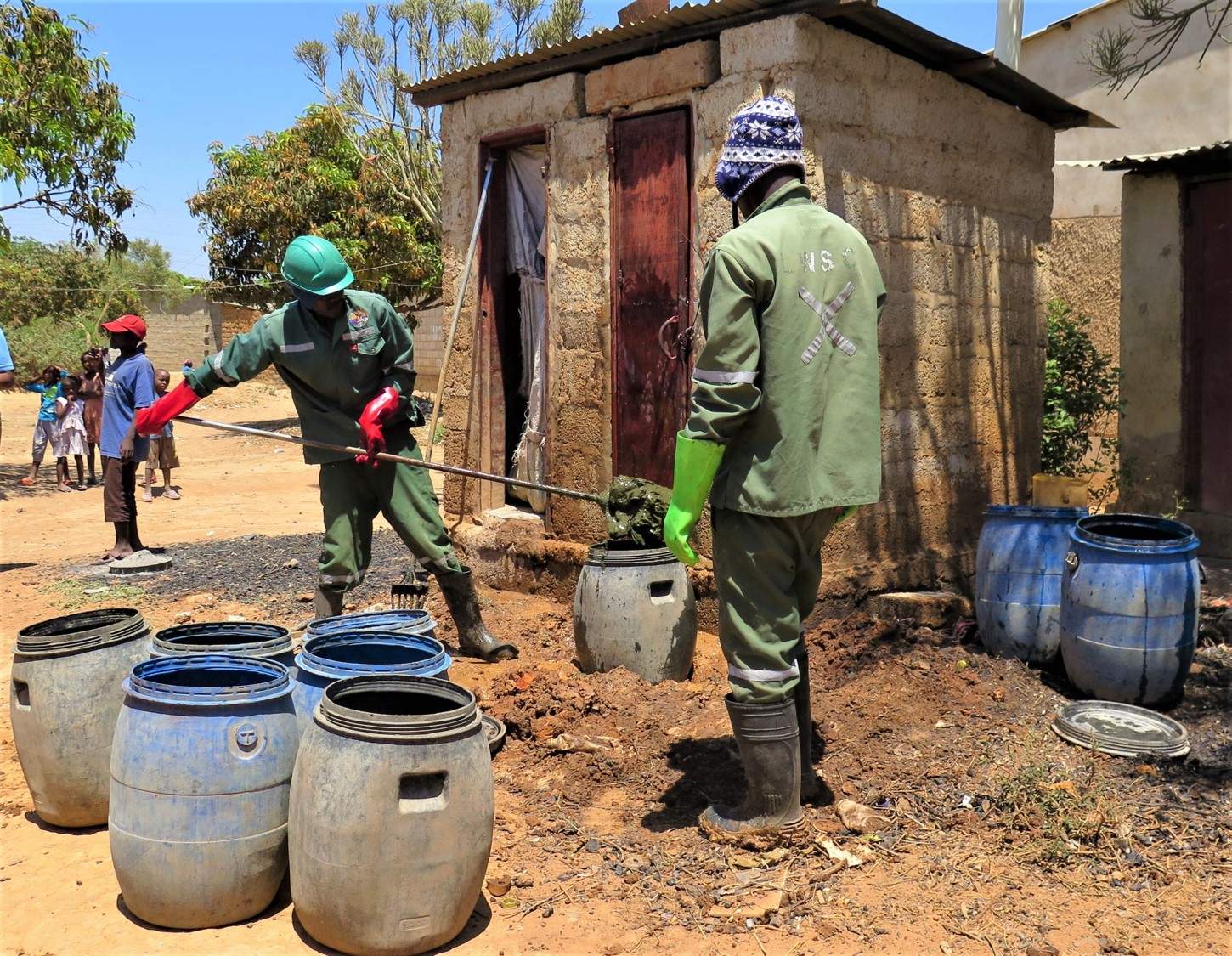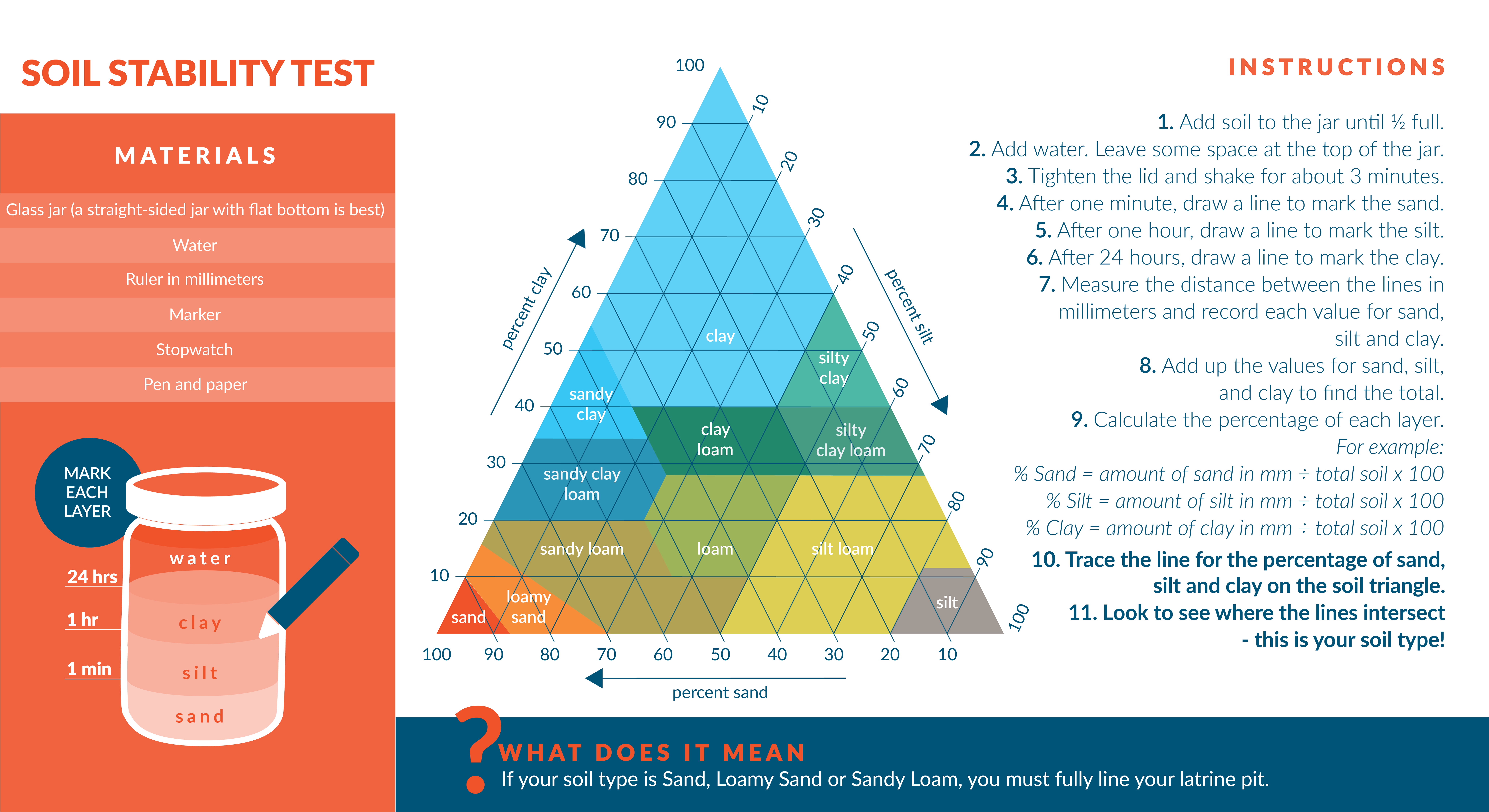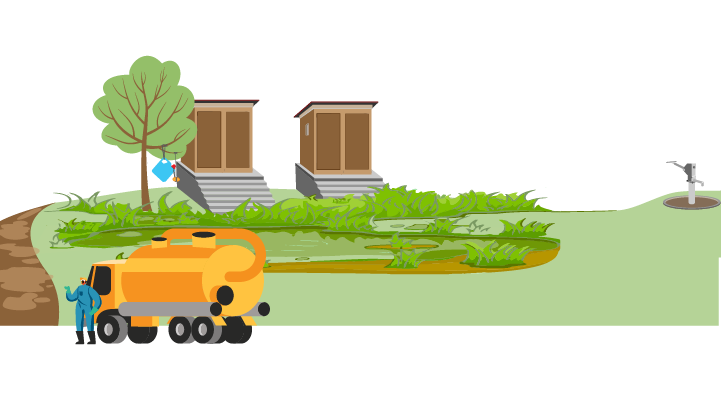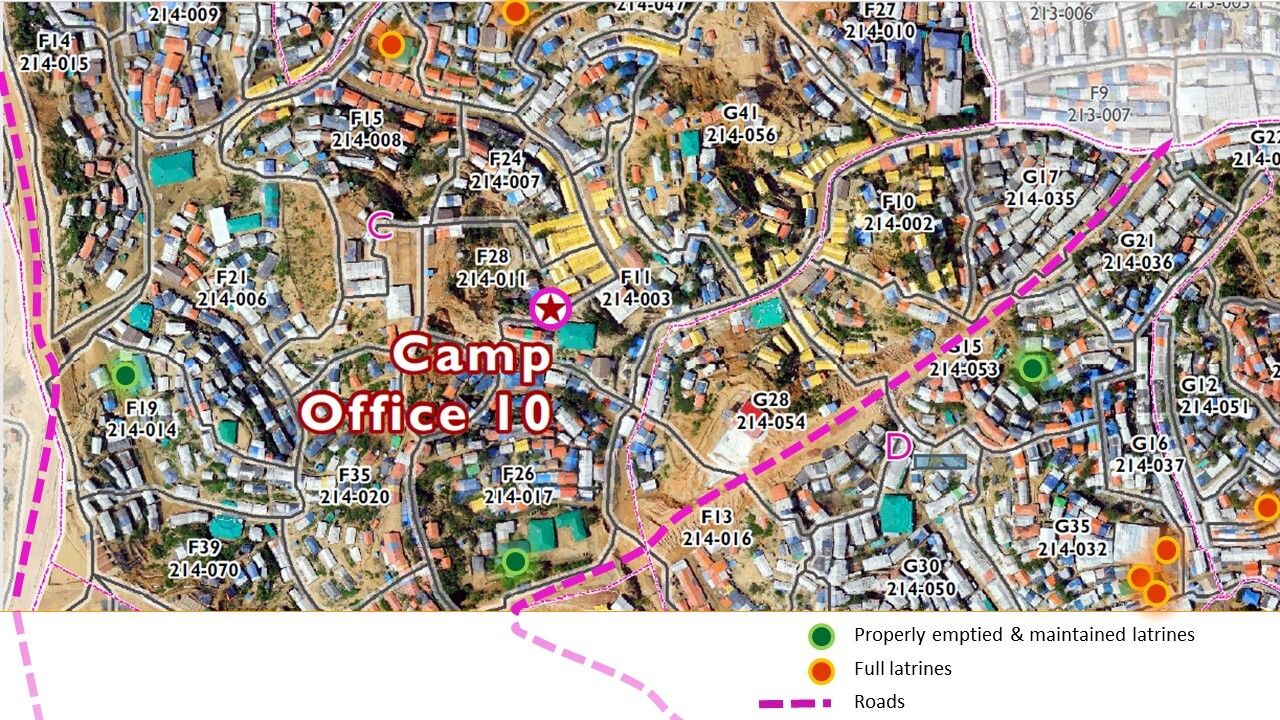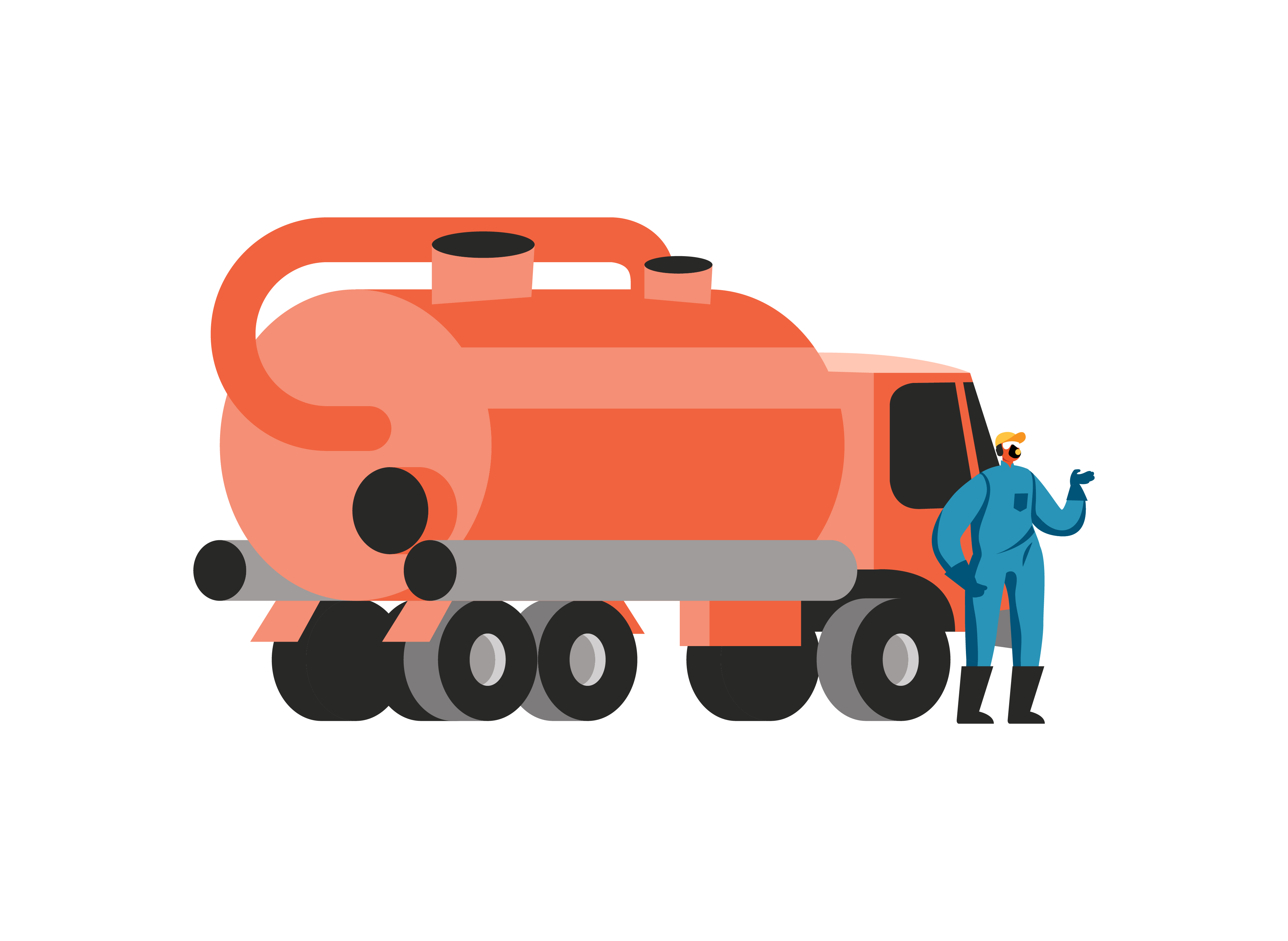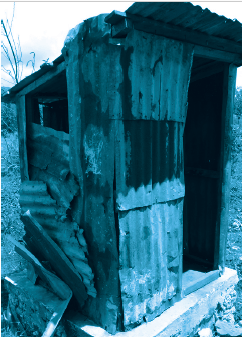Explore Fecal Sludge Management
Pit Latrine Emptying Technology Review: The PuPu Pump
The technical brief, developed by OPERO Services and CAWST, provides an overview of the PuPu Pump, a portable, high-efficiency faecal sludge management tool.
Languages
English
French
Spanish
The PuPu Pump
Instructional videos and a technical overview covering the PuPu Pump’s operation, performance, and safe handling.
Languages
English
French
Spanish
The PuPu Pump: Lessons from Burkina Faso
In this installment of the Onsite Sanitation Learning Series, we dive into the effectiveness of the PuPup Pump with Alidou Bande in Burkina Faso.
Languages
English
The PuPu Pump: A Kenya User Experience
In this video, Dickens Ochieng, from the Sanitation Services company Gasia Poa shares how the Pupu Pump has transformed his work in sanitation.
Languages
English
Meet the PuPu Pump: a portable game-changer for pit emptying
The PuPu Pump is changing the game in safe sanitation. This fully mechanized, portable device helps sanitation workers empty pit latrines efficiently, even in areas where vacuum trucks can’t reach.
Languages
English
Transport and Emptying Services: Meet or Exceed the Minimum Requirements
Through this lesson, you will learn how to make sure the emptying and transport services being provided to camps meet or exceed the minimum requirements.
Languages
Spanish
French
English
Arabic
Soil Stability - Jar Test
Learn how to conduct a simple jar test to assess the soil composition that will help you determine an appropriate pit lining to prevent collapse.
Languages
English
Spanish
French
Arabic
Latrine Siting and Access
This module will guide you through important considerations for siting a latrine by focusing on accessibility from the pit emptier's perspective.
Languages
English
Spanish
French
Arabic
It's the Pits!
In this fictional scenario, you will take on the role of a consultant that has been called in to evaluate the current sanitation situation at a camp. Through the evaluation, you will learn how to avoid common pitfalls associated with fecal sludge management for latrines built during a humanitarian crisis.
Languages
English
Spanish
French
Arabic
Too Full, Too Fast
Take this quiz to learn the common factors that can impact how quickly latrine pits will fill.
Languages
English
French
Spanish
Arabic
Critical Points for Safe Removal, Transport and Disposal of Fecal Sludge
Use this checklist to ensure that the critical points required for safe practice are met for the removal, transport and disposal of fecal sludge.
Languages
English
French
Spanish
Arabic
Critical Points Affecting Pit Filling Rates in Emergency Settings
If your latrine pits are filling quicker than you anticipated, use this list of critical points to understand what can be behind it.
Languages
English
French
Spanish
Arabic
Learn About Sanitation for Emergency Contexts
A collection of short e-learning tools and job aids to guide sanitation officials regarding emptying, transport and treatment/disposal (fecal sludge management) appropriate for humanitarian contexts.
Languages
English
Spanish
French
Arabic
About CAWST
CAWST is a Canadian charity and licensed engineering firm. We address the global need for safe drinking water and sanitation by building local knowledge and skills on household solutions people can implement themselves.




